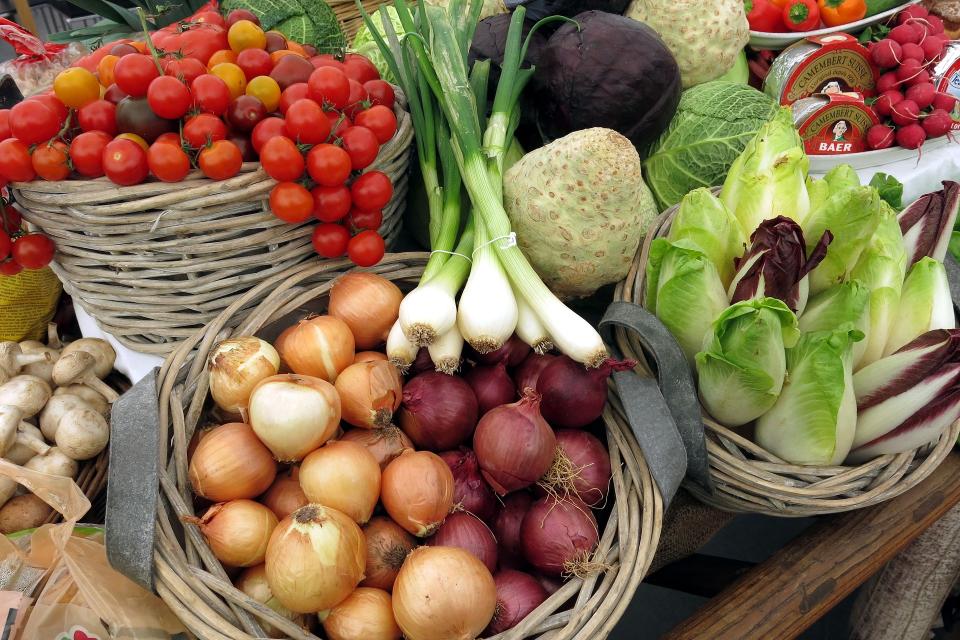According to Statistics Estonia Statistikaamet. , in the third quarter of 2022, the gross domestic product (GDP) fell by 2.4% year on year. The GDP at current prices was 9.3 billion euros.
The GDP at current prices increased by 13.9% but, similarly to the first two quarters, the rise has mainly occurred in prices. After adjustment for inflation, there was a decrease in both tax revenue and value added.
In the third quarter, the biggest positive contributor to economic growth was professional, scientific and technical activities. It was followed by the construction sector and accommodation and food service activities, which exceeded pre-pandemic levels. There was also a modest growth in manufacturing and the transport sector. By far the biggest negative contributor was agriculture. The energy sector and real estate activities also had a significant hampering effect on economic growth. “At current prices, the increase in value added was over 10% in almost all economic activities, but this can be attributed to rapidly rising prices. The price increases offset real growth in most economic activities and actually led to a decrease in value added in half of economic activities,” said Robert Müürsepp, leading analyst at Statistics Estonia Statistikaamet. .
Private consumption, which showed growth in the first six months, took a downturn in the third quarter. There was a 19.3% increase in private consumption at current prices, but its real value decreased by 0.4% due to the fast growth in consumer prices. “Everyday expenditures on housing and transport have increased substantially due to higher energy costs, while actual consumption has grown mainly in terms of expenditures on hotels and restaurants and communication products and services,” added Müürsepp. The biggest fall has occurred in expenditures on furnishings, to which people paid more attention during the pandemic. Expenditures on health and on clothing and footwear have also decreased.
Government consumption grew by 1.1%. It was mainly driven by increased expenditures in public administration and defence and in education.
After declining for four consecutive quarters, investments were on the same level as in the same quarter last year. In the third quarter, there was a rise in households’ investments in dwellings (21.4%) and in enterprises’ investments in transport equipment (37%). Investments in all other types of assets decreased. The biggest negative impact came from the fall in enterprises’ investments in software and databases (–47.8%) and in other buildings and structures (–16.5%).
In the third quarter, the moderate growth trend continued in exports (3.6%) as well as imports (6.2%). Both export and import trade remained similar to last year’s levels. Trade in goods was primarily influenced by energy products and chemical products. On the other hand, there was a strong growth in trade in services – exports of services grew by 12% and imports by 18%. This growth was primarily driven by the supply and purchase of travel services and various transport services.
Compared with the previous quarter, the seasonally adjusted GDP fell by 1.8%. Compared with the third quarter of 2021, the GDP fell by 2.3%.



